Does Camera Flash Hurt Dogs Eyes?
As pet owners, we often find ourselves capturing countless moments of our furry friends, and with the advent of smartphones and digital cameras, taking photos has never been easier. However, a common concern among dog owners is whether the camera flash can hurt their dog's eyes. This article aims to address this concern by delving into the potential effects of camera flashes on dogs' eyes, providing practical advice on how to safely photograph your pets, and offering alternative methods to capture those precious moments without causing harm.
Understanding Dogs' Eyes
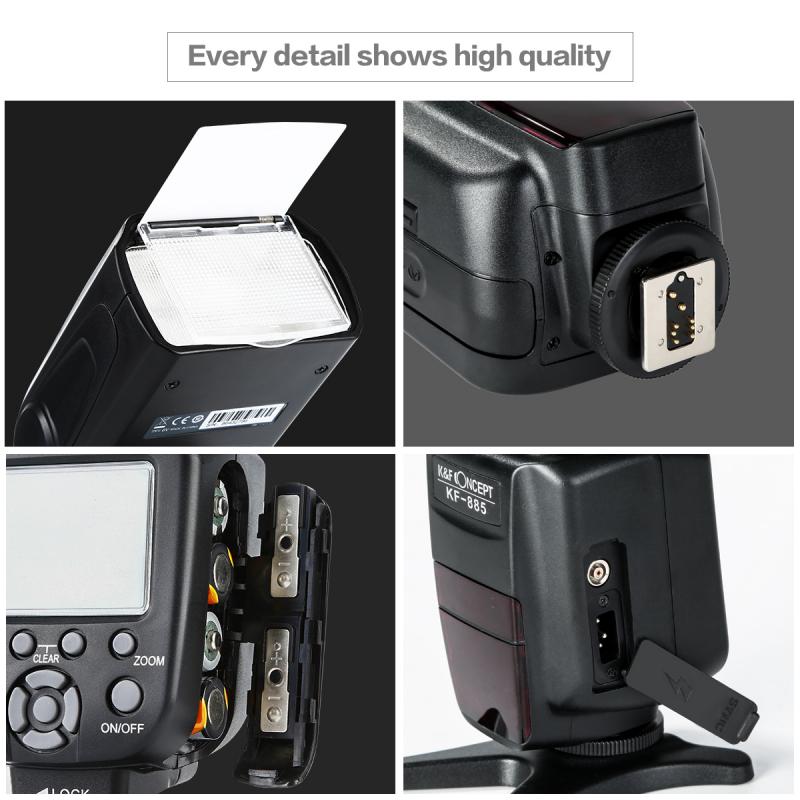
To comprehend the impact of camera flashes on dogs, it's essential to understand the anatomy and sensitivity of their eyes. Dogs' eyes are structurally similar to human eyes but have some key differences. For instance, dogs have a higher number of rod cells, which makes them more sensitive to low light conditions. This adaptation allows them to see better in the dark compared to humans. However, this increased sensitivity can also make them more susceptible to bright lights, such as camera flashes.
The Impact of Camera Flashes
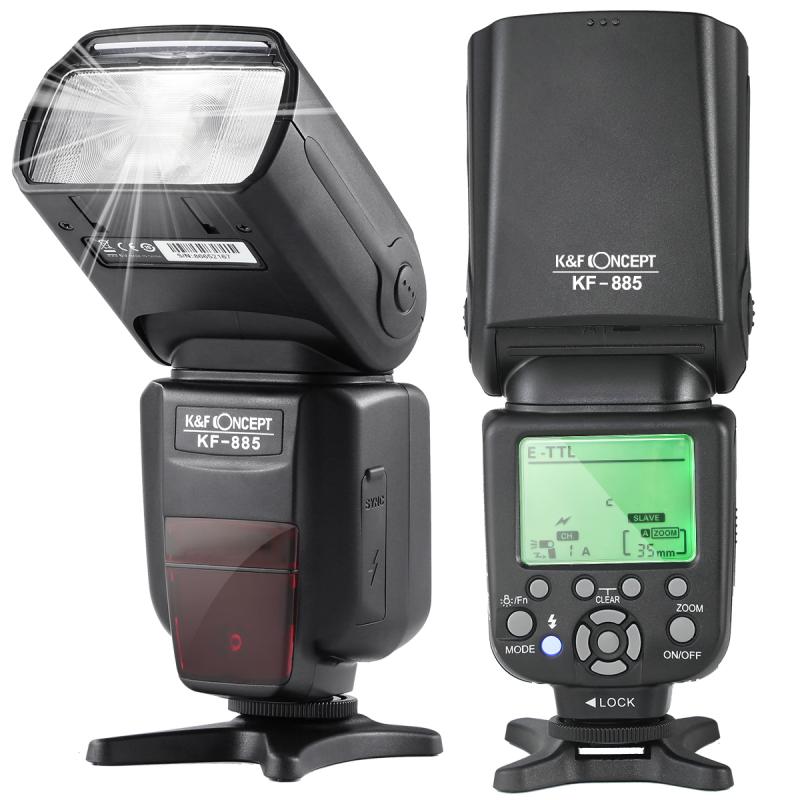
1. Temporary Discomfort: Just like humans, dogs can experience temporary discomfort when exposed to sudden bright lights. A camera flash can cause a momentary blinding effect, leading to disorientation or confusion. This is usually short-lived and not harmful in the long term, but it can be distressing for the dog.
2. Potential for Long-term Damage: While occasional exposure to camera flashes is unlikely to cause permanent damage, repeated and frequent exposure could potentially lead to issues. Dogs with pre-existing eye conditions, such as cataracts or retinal problems, may be more vulnerable to damage from bright lights.
3. Behavioral Responses: Dogs may develop a fear or aversion to cameras if they associate the flash with discomfort. This can lead to anxiety or stress whenever a camera is pointed at them, making it challenging to capture their natural behavior in photos.
Safe Photography Practices
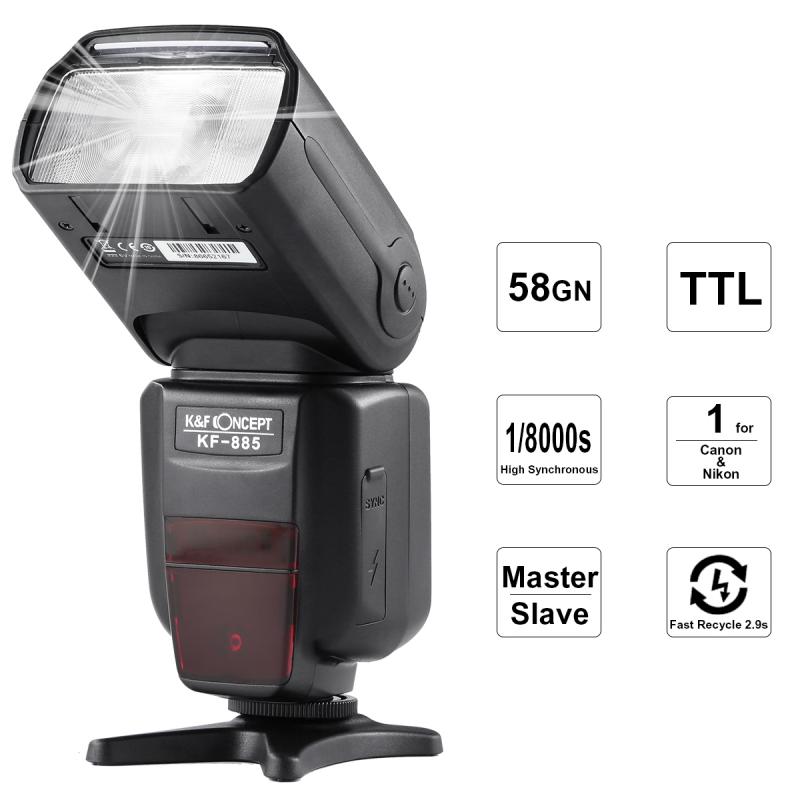
To ensure the well-being of your dog while still capturing beautiful photos, consider the following tips:
1. Avoid Direct Flash: Whenever possible, avoid using the camera's flash directly in your dog's face. Instead, use natural light or indirect lighting to illuminate the scene. This reduces the risk of causing discomfort or harm to your dog's eyes.
2. Use Flash Sparingly: If you must use a flash, do so sparingly. Limit the number of photos taken with the flash and give your dog breaks in between to prevent overstimulation.
3. Adjust Camera Settings: Modern cameras and smartphones often come with settings that allow you to adjust the intensity of the flash. Lowering the flash intensity can help minimize the impact on your dog's eyes.
4. Capture Candid Moments: Some of the best photos of dogs are taken when they are relaxed and unaware of the camera. Try to capture candid moments without using the flash, relying on natural light to highlight their expressions and actions.
5. Use Continuous Lighting: Instead of a flash, consider using continuous lighting sources, such as LED lights or softboxes. These provide a steady light source that is less likely to startle or harm your dog.
Alternative Photography Techniques
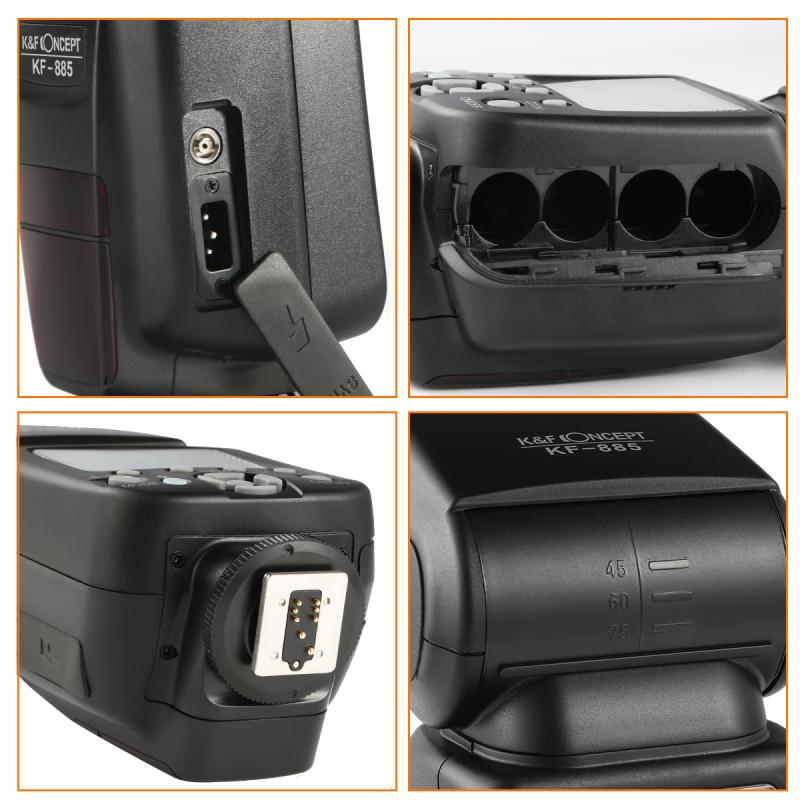
If you're concerned about the potential effects of camera flashes on your dog's eyes, there are several alternative techniques you can use to capture stunning photos:
1. Natural Light Photography: Take advantage of natural light by photographing your dog outdoors or near windows. Early morning or late afternoon light, known as "golden hour," provides a soft and flattering glow that enhances your photos without the need for a flash.
2. Reflectors: Use reflectors to bounce natural light onto your dog, illuminating them without the harshness of a flash. Reflectors are affordable and easy to use, making them a great addition to your photography toolkit.
3. High ISO Settings: Increase your camera's ISO settings to make the most of available light. Higher ISO settings allow you to capture well-lit photos in low-light conditions without relying on a flash. However, be mindful of potential noise or graininess in the images.
4. Post-Processing: Enhance your photos through post-processing techniques. Adjusting brightness, contrast, and exposure in photo editing software can help improve the overall quality of your images without the need for a flash.
In conclusion, while occasional exposure to camera flashes is unlikely to cause permanent harm to your dog's eyes, it's essential to be mindful of their comfort and well-being. By understanding the potential effects of bright lights and adopting safe photography practices, you can capture beautiful and memorable photos of your furry friend without causing them distress. Embrace natural light, use alternative lighting techniques, and prioritize your dog's comfort to ensure that every photo session is a positive experience for both you and your pet.


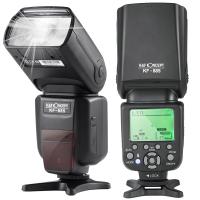
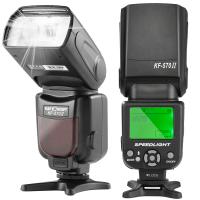
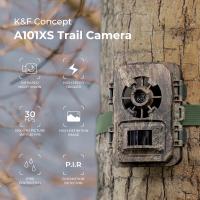

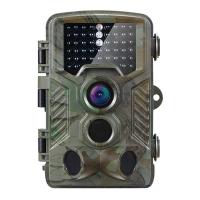
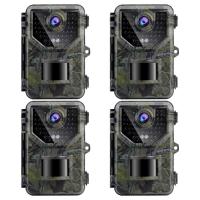
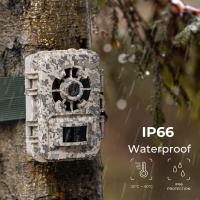


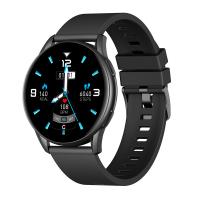
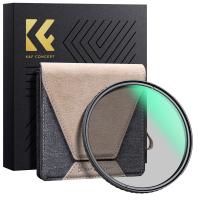
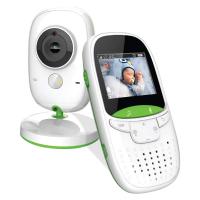
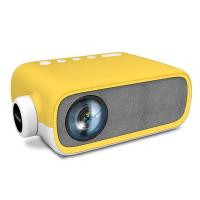
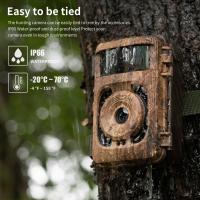
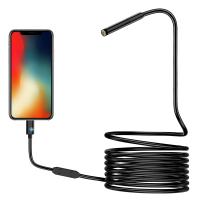




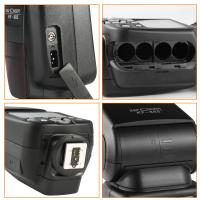
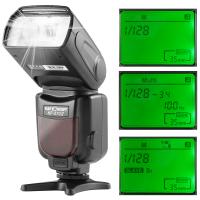


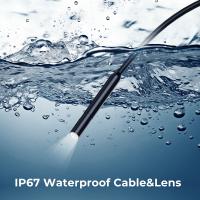
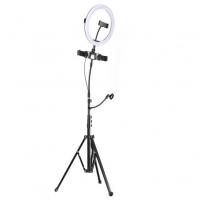
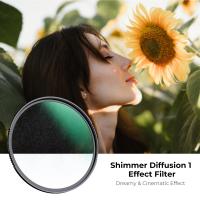
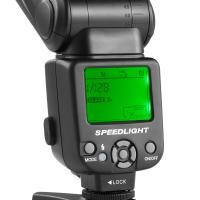





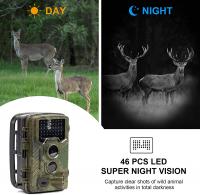
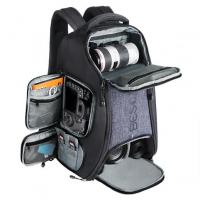



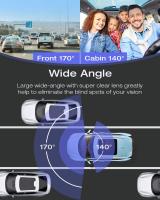
There are no comments for this blog.